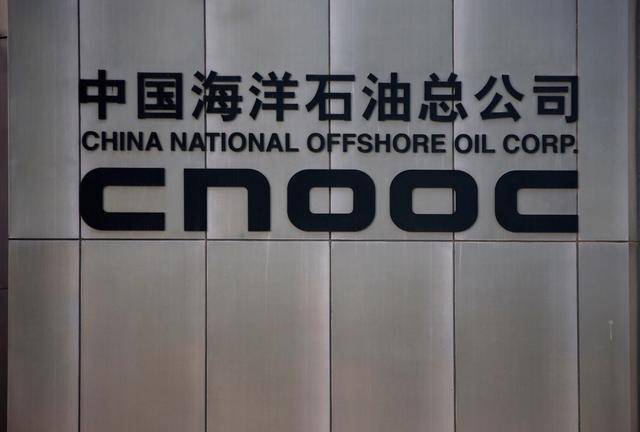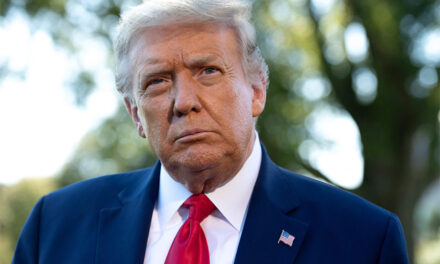SINGAPORE/BEIJING (Reuters) – China is on pace to overtake the United States as the world’s biggest oil importer this year, cementing its status as Asia’s most pivotal oil market actor that will increasingly dominate the region’s fuel trade.
For the first time, China imported more crude oil in the first half of the year than the U.S., government statistics showed. China averaged 8.55 million barrels per day (bpd) versus 8.12 million bpd in the U.S., a trend that is expected to last.
The shift highlights the change in the center of gravity in global oil markets from West to East. Chinese state-run oil trader Unipec is now the world’s biggest physical oil trader. By drawing more of the world’s oil to its shores, China, the second-biggest oil consumer after the U.S., will play a crucial role in setting the global price of the commodity, especially as the crude futures market in Shanghai develops.
China’s import surge is being driven by the expansion of its refinery capacity. But, as the domestic demand has not materialized to soak up the fuel supply, China’s exports of gasoline and diesel have climbed to record highs. This flood of products has caused headaches for competitors across Asia and depressed diesel profit margins to multi-year lows in 2016.
“China is putting a lot of pressure on the traditional export hubs of Taiwan, Korea and Singapore to capture the market share within Southeast Asia and Australia,” said Joe Willis, senior research analyst, Asia refining, at energy consultancy Wood Mackenzie.
The trend of more refining capacity and higher exports is set to continue.
China plans to add at least 2.5 million bpd of refining capacity by 2020, according to a recent presentation from China Petroleum & Chemical Corp, or Sinopec. Sinopec is Asia’s biggest oil refiner and the parent of Unipec.
This year, PetroChina Ltd will start a 260,000 bpd refinery in Yunnan in southern China while China National Offshore Oil Corp will start up a 200,000 bpd expansion at its existing Huizhou plant in Guangdong province. The start ups will add 350,000 bpd of new Chinese capacity in 2017 though both plants will not reach full capacity until 2018.
Exports of gasoline from China are expected to increase by at least 10,000 barrels per day this year from 2016, driving overseas gasoline sales to between 235,000 bpd and 240,000 bpd this year and about 330,000 bpd in 2018, estimates from consultants FGE and Wood Mackenzie showed.
Unipec is leading the way in targeting new overseas markets, moving jet fuel from Singapore to northwest Europe in June for the first time in several years. Meanwhile, Chinese diesel shipments in 2017 have more than doubled to France, more than quadrupled to Italy and the country shipped diesel to Kenya for the first time this year.
HIGH QUALITY FUEL
Export-oriented refiners in Singapore, South Korea and Taiwan will be most affected by the Chinese competition.
“We’re trying to diversify and find new markets by increasing the number of our customers in existing countries,” a South Korean refining source said, declining to be named as he was not authorized to speak with the media.
“It’s affecting Korean refiners as we are having one more player in the market.”
Japanese and Indian refiners will be less affected.
China and India have eclipsed Japan as Asia’s biggest oil consumer. Japanese refiners are consolidating capacity because of a falling population and the increasing use of alternative fuels in the power and transportation sector has cut oil consumption.
Meanwhile, Indian refiners are focusing on meeting soaring domestic demand.
China’s new modern refineries are competing with the region’s exporters in producing fuels for countries with stringent fuel standards such as Australia. Diesel exports to Australia climbed seven-fold to 850,000 tonnes in 2016 and are on pace to nearly match that level this year.
A slowdown in Chinese domestic fuel demand as people use more electric vehicles or co-share bicycles and scooters has pushed refiners to export more gasoline.
China’s gasoline demand is expected to slow to 3.5 to 4 percent in 2017 compared with last year’s 6.5 percent growth, said Sri Paravaikkarasu, head of East of Suez oil at FGE.
Sales growth for automobiles, mainly powered by gasoline, has slowed to 0.7 percent in the first half of 2017, compared with 8.7 percent a year ago, while those powered by alternative fuels grew 52.9 percent, BMI Research said.

















